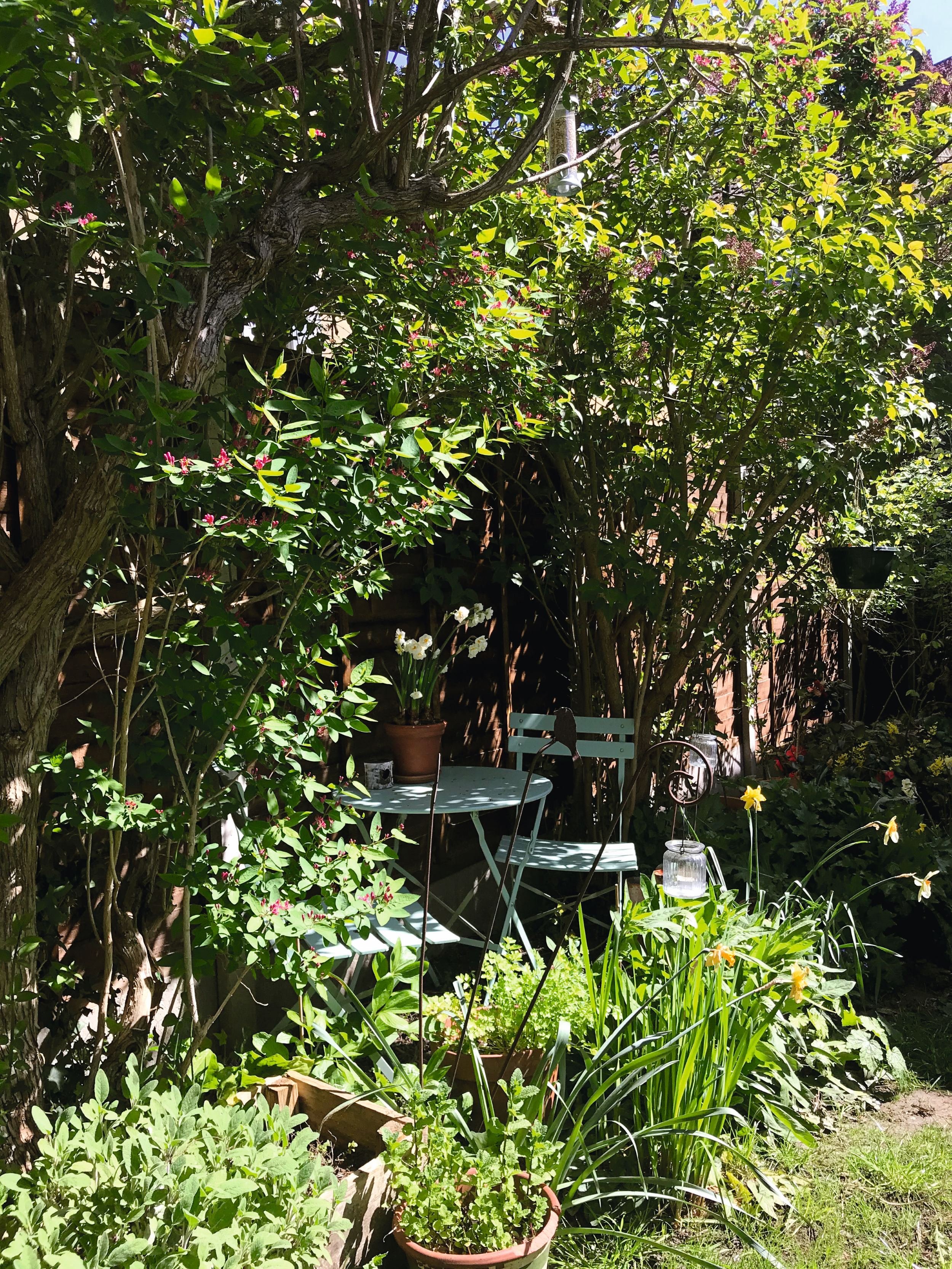Cunning and competitive but with no need to break a sweat, croquet is the slow summer game
“One of the most amusing things about croquet is how everyone plays to marginally different rules,” says Joe Jaques, the eighth generation of the family who popularised the game in the 1860s (see page 64 of July's The Simple Things). At the highest level, there’s Association Croquet; Golf Croquet is easier and widely played in many clubs, and then there’s Garden Croquet, a simplified form of Association Croquet. This does have official rules, although in practice, it’s likely to be as idiosyncratic as your family. “It’s not uncommon to see a couple who have grown up playing different rules,” continues Joe. “Depending on how competitive, argumentative or well-lubricated they are makes for an endlessly entertaining game.”
So here, for the sake of argument, are the simplified rules of garden croquet, according to the World Croquet Federation (read the full rules at croquet.org.uk):
THE AIM: Two sides compete to get their balls (either red and yellow or blue and black) to the peg by hitting them through the hoops with their mallets in the order shown, right.
THE KIT: four mallets, four balls, six hoops and a peg.
THE LAWN: A croquet lawn should ideally be 17.5m x 14m with the peg in the centre and hoops laid out as shown. If your garden is smaller, simply scale this down. THE SCORING: Each hoop ‘run’ or passed through scores one point, as does hitting the final peg; so the winner will be the first side to score 14 (one point per hoop and peg per ball).
HOW TO PLAY: The first side strikes one of their balls towards the first hoop. If the ball clears the first hoop, you may take another shot. If not, play passes to the other side. All four balls must be played in the first four turns. After that, each side can decide which of their balls to play. If your ball hits another ball, you earn two extra shots. This is really the fun of croquet – as Joe says, “it’s as much about disadvantaging your opponent as advancing your own game.” The first of your extra shots must be taken from where the knocked ball has ended up. Place your ball so it is touching the other ball and play your shot. The second is played from where your ball ends up.
Turn to page 62 of July's The Simple Things for more croquet.









